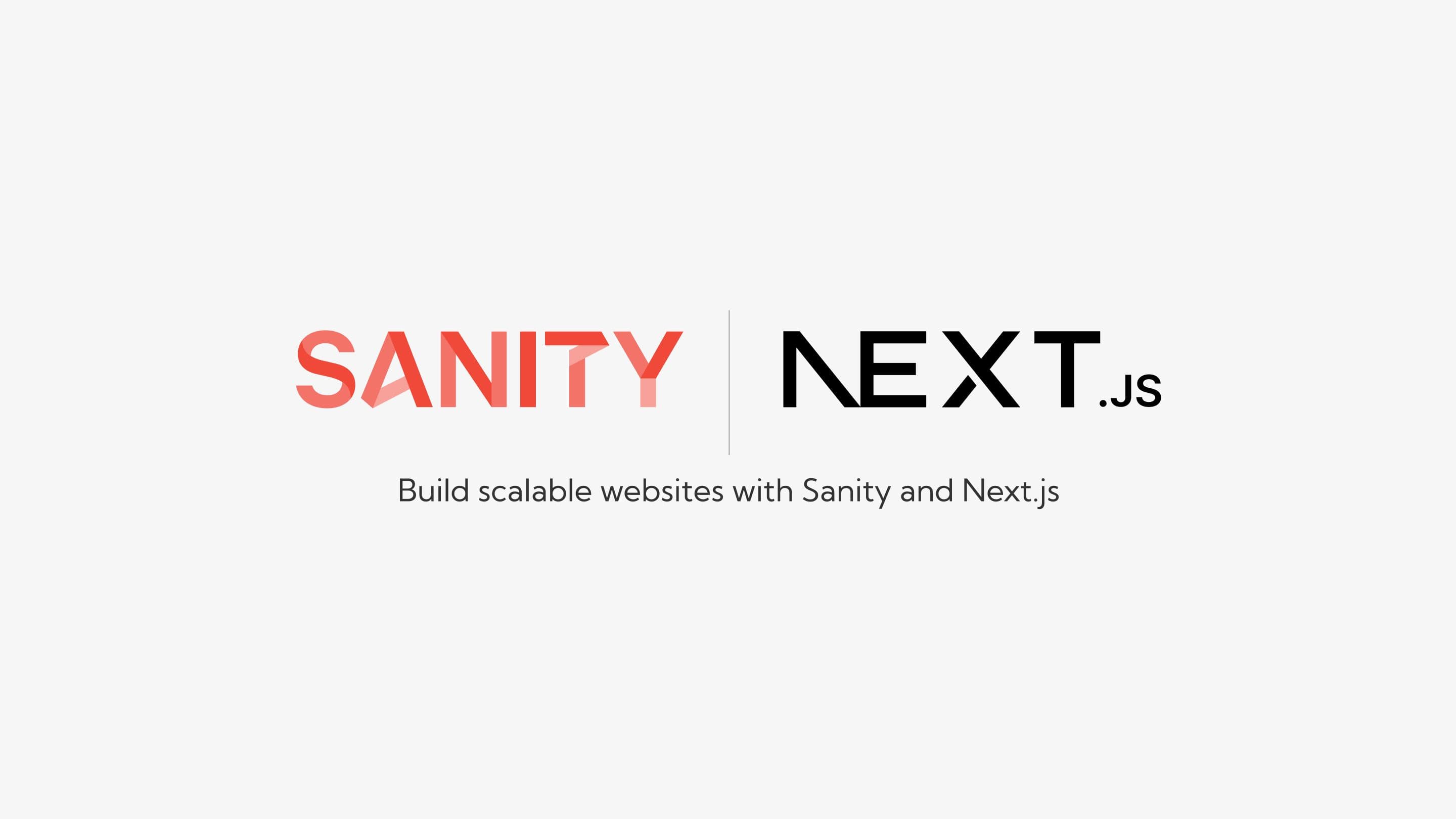Build Modern Marketing Websites with Sanity + Next.js
22 July 2025
Manan Qayas

Content is becoming infrastructure
Content is no longer something you just write and publish. It's something you model. Something you expose via APIs. Something you query, reformat, and remix across devices and interfaces.
That shift—from editorial to programmable—requires a mental reset. Instead of thinking in pages, we think in blocks, types, and relations.
The goal isn't flexibility for its own sake. It's about resilience. When your content is structured, it can survive design changes, platform changes, even shifts in your business model.
It can outlive your current website. And it should.

Schema-first thinking
There's a quiet discipline behind structured content: your have to define your schema upfront.
That feels slow at first. You don't get the instant reward of dragging and dropping components on a page. But over time, the benefits compound.
Your content becomes portable, It's no longer tied to a specific layout. You stop repeating yourself. You start thinking in patterns.
And most importantly: your content becomes programmable.
The frontend isn't just UI anymore
Frameworks like Next.js have made the frontend capable of much more than just rendering views. The frontend can now:
- Query APIs at build or runtime
- Handle caching and fallbacks
- Control routing logic and personalization
- Execute logic at the edge
This means the frontend becomes an orchestration layer — stitching together content, layout, and interaction. Not just the "face" of the system, but part of its nervous system.
You don't need a heavy backend for dynamic experiences anymore. But you do need discipline in how content is structured and delivered.
Durability beats speed (At first)
It's tempting to move fast — to hardcode a layout, inline the text, skip the schema. But every shortcut today becomes a blocker tomorrow.
The real speed comes later — when structured content, clean separation, and predictable APIs allow multiple teams to work in parallel. When a single source of truth powers five different channels. When content changes don't require a deployment.
That speed that matters isn't launch speed. It's iteration speed.
What this means for teams
This shift isn't about just technical. It affects how teams collaborate.
- Designers need to understand content types and constraints
- Writers need to think modularity, not just narrative
- Developers need to build for flexibility, not control
- Product teams need to invest in structure early
The payoff isn't immediate. But it's real. It shows yo when your platform scales, pivot, or adopt — and it doesn't crack.
In closing
We're in an era where the shape of our content defines the shape of our systems. A good schema is now as important as good design. And a thoughtful frontend can be as strategic as a robust backend.
It's a quieter kind of innovation. But it's the one that lasts.

